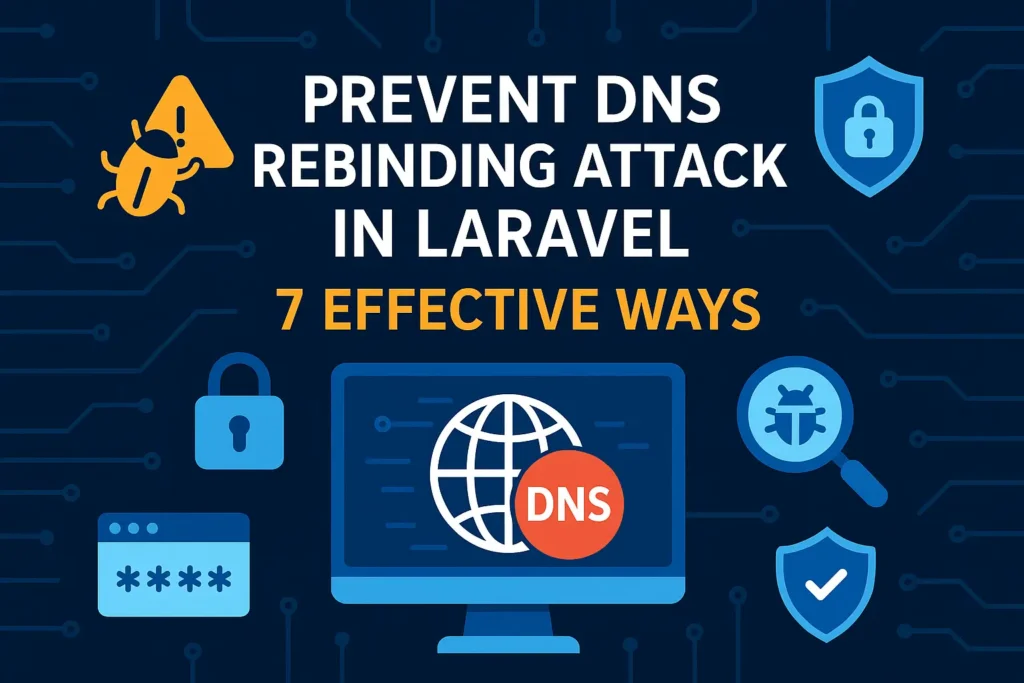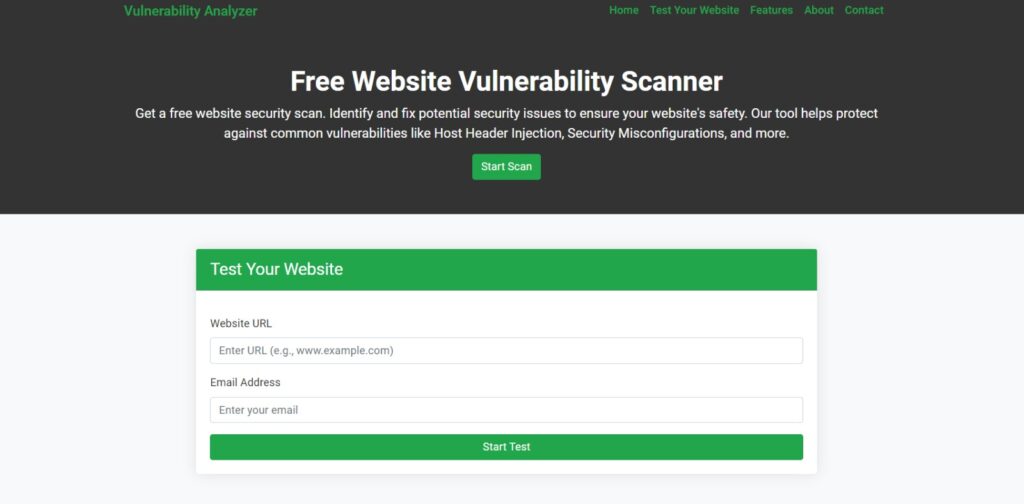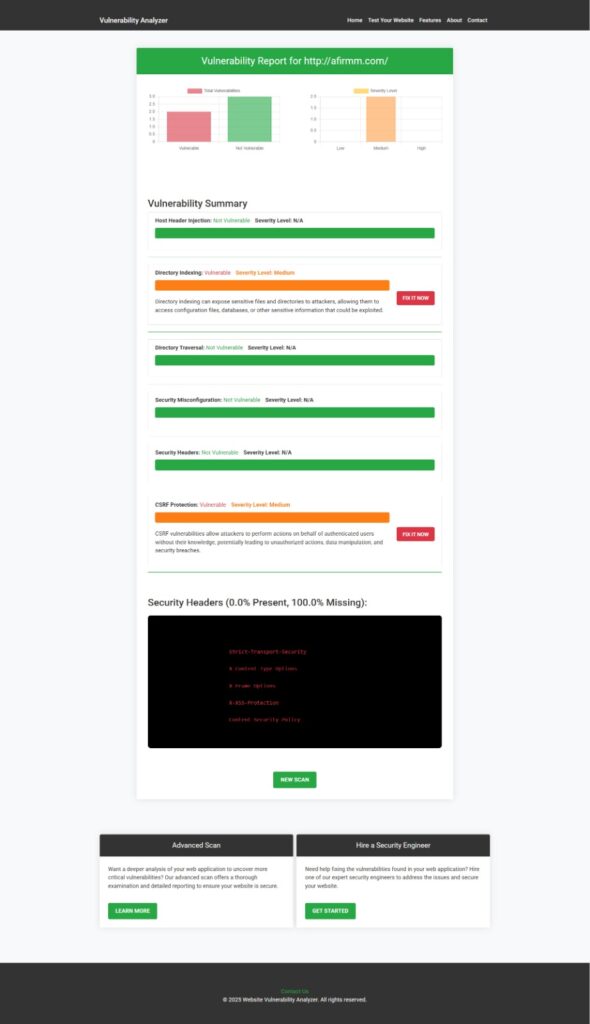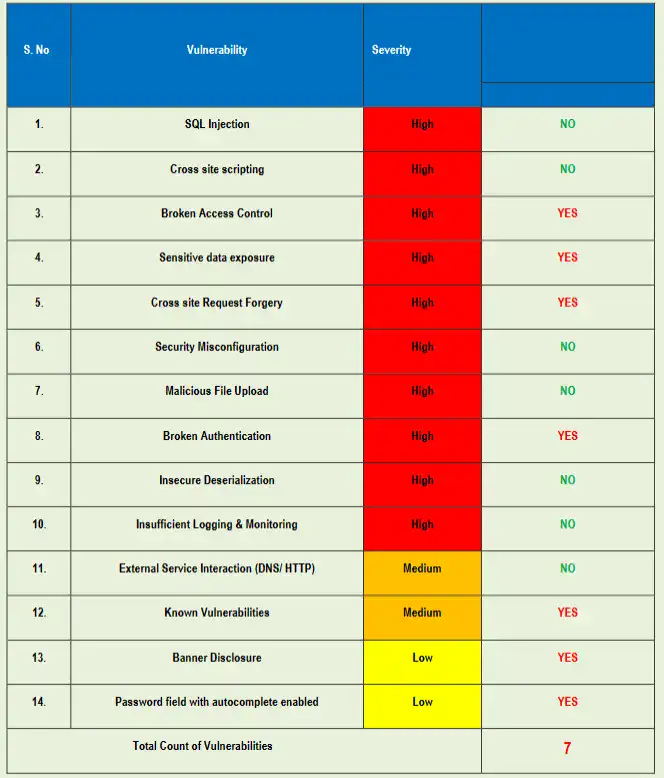🔥 Top 7 Ways to Prevent DNS Rebinding Attack in Laravel
What is a DNS Rebinding Attack in Laravel?
A DNS rebinding attack in Laravel is a web-based security vulnerability that tricks a victim’s browser into requesting internal network resources or services running on localhost. Attackers manipulate DNS to bypass Same-Origin Policy (SOP), and then access private APIs or services.

This attack is hazardous in Laravel applications if the developer exposes internal endpoints, forgets proper host validation, or allows open CORS configurations.
How Does DNS Rebinding Work?
- The attacker registers a malicious domain, say
attacker.com. - They configure it to resolve to their external IP at first.
- Then, they change the DNS response to return
127.0.0.1(localhost). - A browser that allows this will start sending requests to localhost, thinking it’s the same origin.
Laravel developers must understand how this can impact applications, especially those handling microservices or using internal APIs.
🛠️ Real-World Laravel Example Vulnerability
Here’s an example of insecure host validation in a Laravel AppServiceProvider:
public function boot()
{
URL::forceRootUrl(Request::getSchemeAndHttpHost()); // Dangerous if DNS rebinding occurs
}If a DNS rebinding attack tricks the browser into accessing localhost, this code will honor the fake host, allowing forged internal access.
✅ Best 7 Fixes to Prevent DNS Rebinding Attack in Laravel
1. Use Laravel’s Trusted Proxies Middleware
Always define a trusted list of hostnames/IPs.
// App\Http\Middleware\TrustHosts.php
public function hosts()
{
return [
'^yourdomain\.com$',
'^subdomain\.yourdomain\.com$',
];
}This prevents Laravel from accepting malicious rebinding hosts.
2. Validate Host Header in Middleware
Create a middleware to filter unexpected Host headers.
public function handle($request, Closure $next)
{
$allowedHosts = ['yourdomain.com', 'www.yourdomain.com'];
if (!in_array($request->getHost(), $allowedHosts)) {
abort(403, 'Unauthorized host.');
}
return $next($request);
}3. Disable Open CORS Policies
Ensure cors.php is restrictive:
'paths' => ['api/*'],
'allowed_origins' => ['https://yourdomain.com'],Avoid using wildcard * origins, especially on APIs.
4. Enforce HTTPS Strict Transport Security (HSTS)
Protect your app with HSTS headers:
public function boot()
{
if (app()->environment('production')) {
\Illuminate\Support\Facades\Response::macro('hsts', function ($response) {
return $response->header('Strict-Transport-Security', 'max-age=31536000; includeSubDomains');
});
}
}This makes browsers only communicate via HTTPS and avoid forged origins.
5. Avoid Using Dangerous Dynamic Redirects
return redirect($request->input('redirect_to')); // DANGEROUS!Instead, validate against a whitelist:
$whitelisted = ['https://yourdomain.com/dashboard'];
if (in_array($request->input('redirect_to'), $whitelisted)) {
return redirect($request->input('redirect_to'));
}6. Regularly Scan Your Website
Perform regular scans using automated tools. At Pentest Testing Corp, we offer a free vulnerability scanner to detect DNS rebinding and other issues.
👉 Screenshot of Our Website Vulnerability Scanner:

7. Audit DNS Configuration and Cache Behaviour
Prevent caching loopholes that allow rebinding by controlling DNS TTL values and monitoring for DNS behaviour anomalies.
If you’re unsure whether your Laravel application is safe, you can use our tool to generate a vulnerability assessment report.
👉 Sample assessment report to check Website Vulnerability:

🧪 Bonus Tip: Prevent Race Conditions Alongside DNS Rebinding
While mitigating the DNS rebinding attack in Laravel, don’t overlook other threats like race conditions. Check out our full guide:
🔗 Prevent Race Condition in Laravel
👨💻 Laravel Penetration Testing Services
At Pentest Testing Corp, we specialize in Laravel-specific testing. From misconfigurations to business logic flaws, we help secure your Laravel app with targeted testing.
🧠 Read More From Our Cybersecurity Network
Check out related vulnerabilities from our extended cybersecurity network:
- Prevent Command Injection Attack in Laravel
- Path Manipulation Vulnerability in React.js
- Stop Session Fixation in Laravel
🚀 Explore Our Web Application Testing Service
Want full protection beyond DNS rebinding attack? Get your application professionally tested:
🔗 Web App Penetration Testing Services
🤝 Partner With Us – Resell Cybersecurity Services
Are you a developer or agency? You can offer our security services to your clients and earn:
🔗 Offer Cybersecurity Service to Your Client
🔁 Final Thoughts
The DNS rebinding attack in Laravel is a critical issue developers often overlook. But by implementing strict host checks, securing headers, using trusted proxies, and auditing CORS settings, Laravel apps can be robustly protected.
Take a proactive approach to Laravel security—use automated tools like our free scanner and let our professionals at Pentest Testing Corp help you safeguard your applications.

